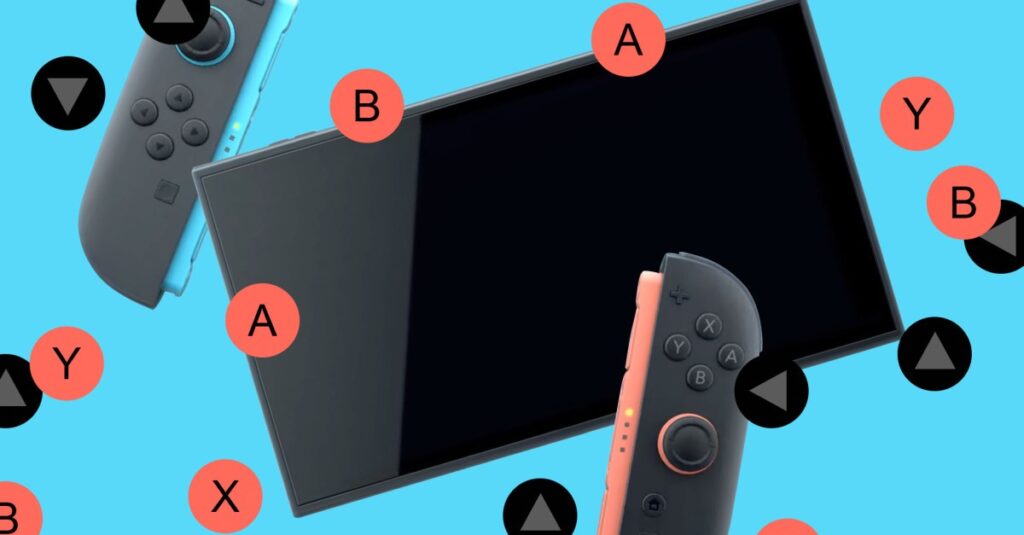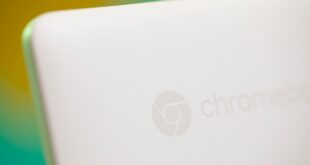
The Nintendo Switch is on the cusp of becoming Nintendo’s bestselling hardware ever. In retrospect, it’s easy to see why: it’s a device that seamlessly transitions from a home console to a handheld, erasing the distinction between the two. It’s been so successful that Nintendo isn’t changing all that much with the Switch 2. But both consoles are well-executed versions of ideas Nintendo has been working on since the failed Wii U — and maybe even earlier.
Purely by sales numbers, the Wii U was a flop. The Switch has sold more than 150 million units in its eight-year lifetime. The Wii U, by comparison, sold 13.56 million units — less than a 10th of what the Switch did — making it Nintendo’s worst-selling home console.
As a result, it had a much shorter lifespan, launching in late 2012 before being superseded by the Switch about four and a half years later. But many of its ideas and its games were not only excellent, they were also well ahead of their time, and, in some ways, predicted several modern trends in gaming.

Photo by Cameron Faulkner / The Verge
The Wii U, with its tablet controller, also worked as a device that could play games on a TV or in handheld mode. The ability to see a game on a big screen or curl up with it on the couch is an enduring one, as the existence of the PlayStation Portal and Steam Deck now show. The concept has become a whole category of video game hardware, and even Xbox wants to make a handheld now. Nintendo’s interest in the idea long preceded the Wii U, as it toyed with handheld-to-TV connections with things like the Game Boy Advance’s ability to connect to the GameCube or the Super Game Boy add-on for the SNES.
The Wii U had the major limitation that you couldn’t play the games if you were too far away from the console, so they weren’t truly portable. The tablet’s battery life wasn’t great, either, so you could only play for so long before having to charge it.
The Switch improved on all of these ideas. Instead of a TV-connected console that could beam a game to the tablet, the Switch was a tablet that could easily display on a TV. The Switch’s dock made that connection seamless, as it was nearly impossible to mess up just dropping the Switch into the dock so that it could show up on your TV. (And easily recharge the console’s battery.)
Many of the Switch’s defining games started out on the Wii U. Mario Kart 8 Deluxe, the Switch’s bestselling title by far, is a port of Mario Kart 8 for the Wii U. The Legend of Zelda: Breath of the Wild was originally going to be a Wii U exclusive before Nintendo decided to release it for the Switch as well. The first Splatoon title launched on Wii U before getting a pair of Switch sequels, and so did the original Super Mario Maker. Donkey Kong Country: Tropical Freeze, Super Mario 3D World, Pikmin 3, and Xenoblade Chronicles X are all great Wii U games that got new life on the Switch.

Image: The Verge
The Switch 2 looks to build off that legacy by being backward compatible with the vast majority of Switch games, including the Switch versions of those Wii U classics. Breath of the Wild will even be getting a third version for the new console with technical improvements. Features like GameShare and GameChat could also help people more easily play games with their friends.
Before the first Switch came out in March 2017, Nintendo was aggressively moving on from the Wii U. Production of the console ended in Japan in January of that year, and the company was also dipping its toes into mobile as another avenue to reach players. Even at the time, the company seemed to realize that it was on to something with the concept. It was just too early. This is something Mario and Zelda creator Shigeru Miyamoto seemed keenly aware of in a 2016 interview with my colleague Andrew Webster around the release of the mobile game Super Mario Run.
“I hope people will continue to recognize the areas where Nintendo has taken that first step,” Miyamoto told The Verge. “And hopefully someday people will look back on the Wii U and think ‘Oh wow, I remember when Nintendo did that, and now look at what’s come of that.’”
 Latest World Breaking News Online News Portal
Latest World Breaking News Online News Portal






